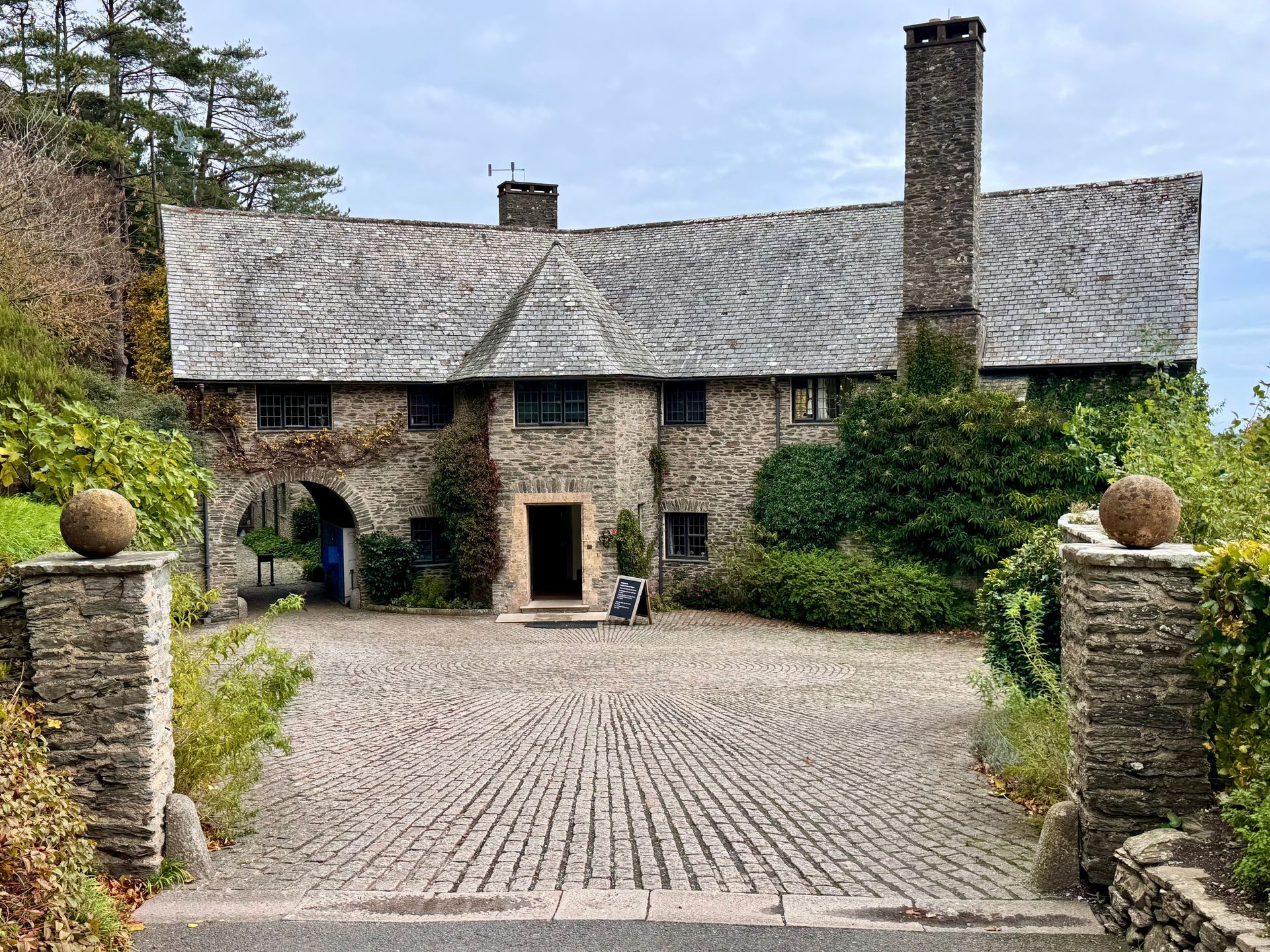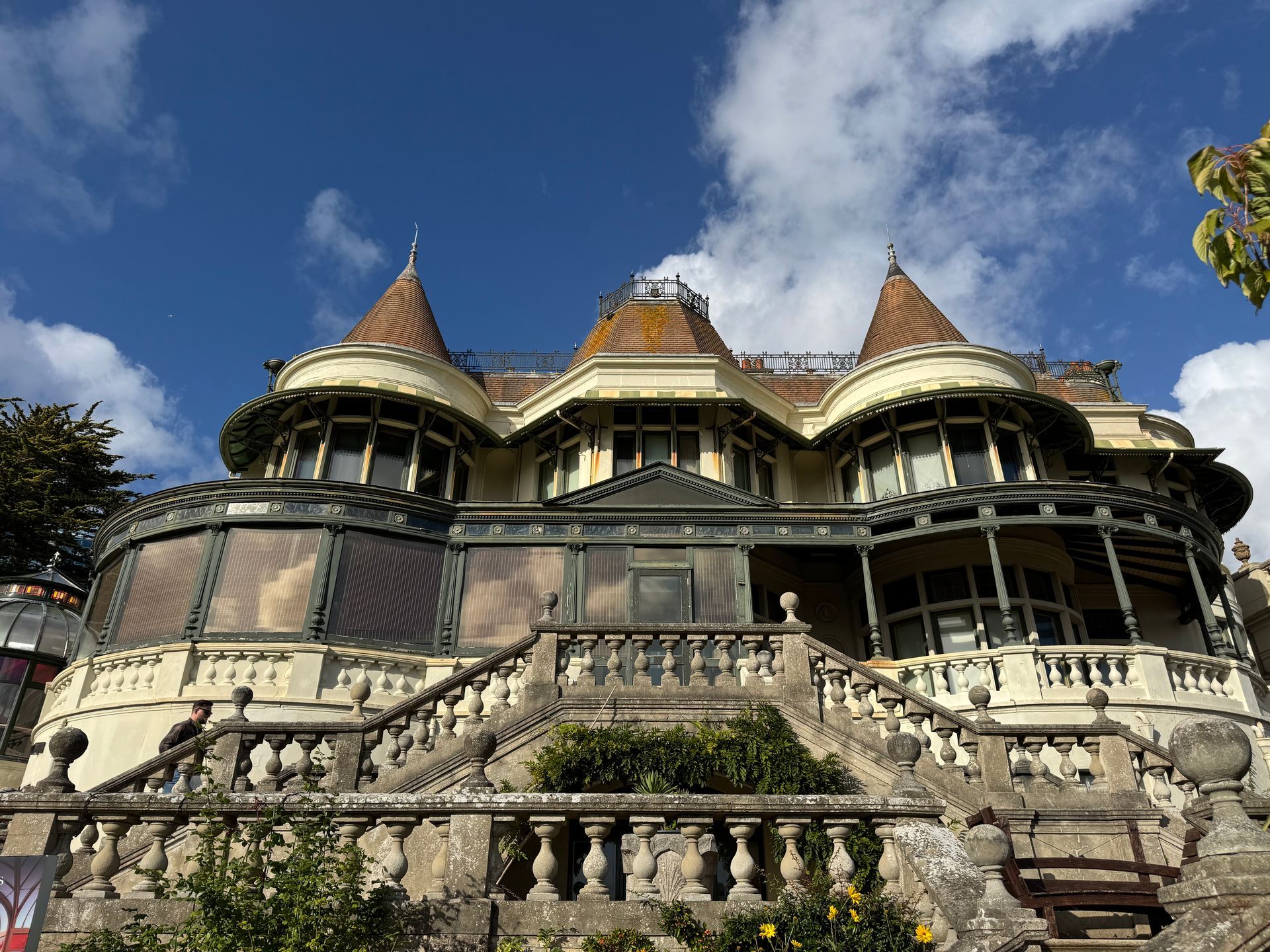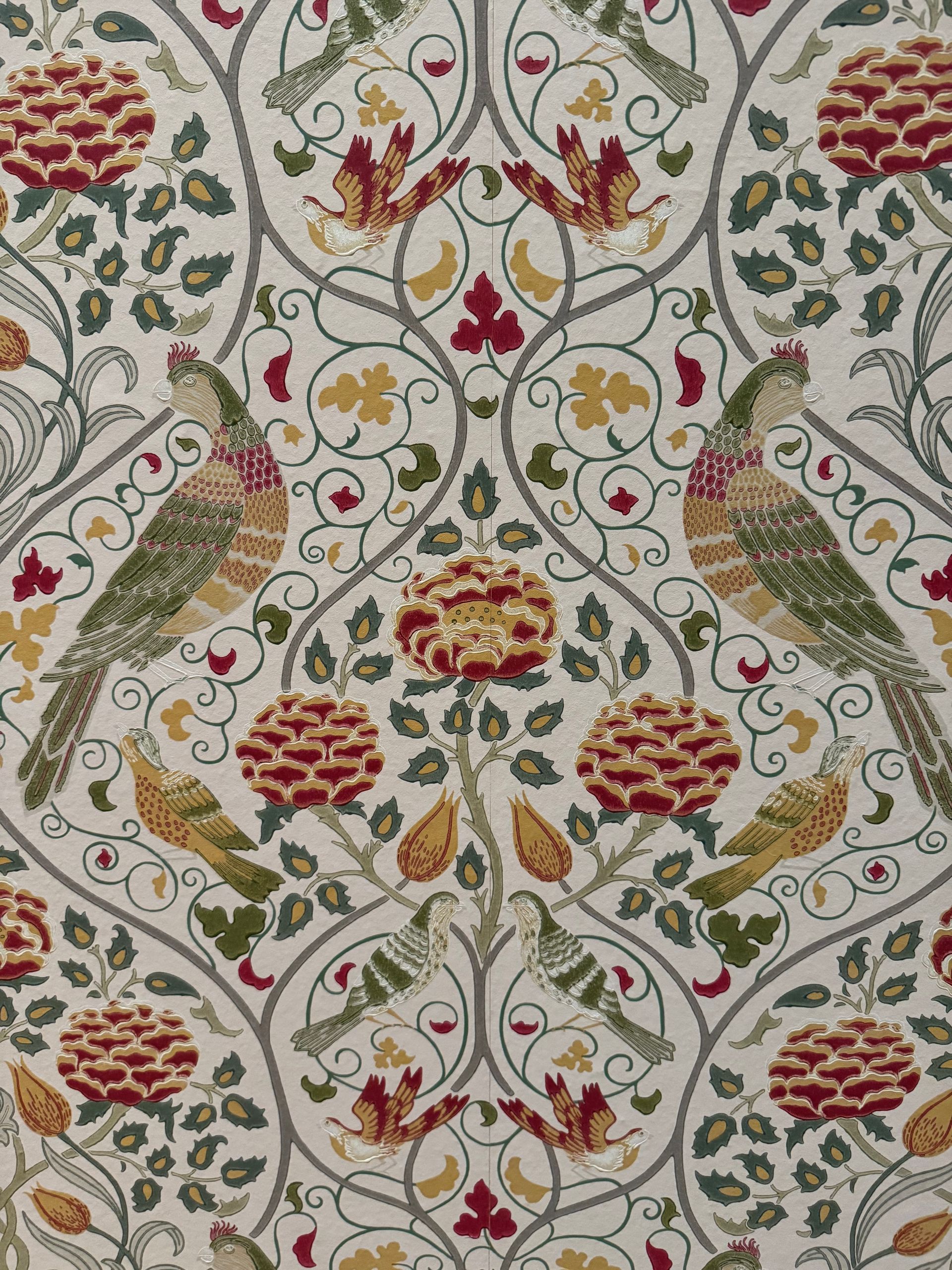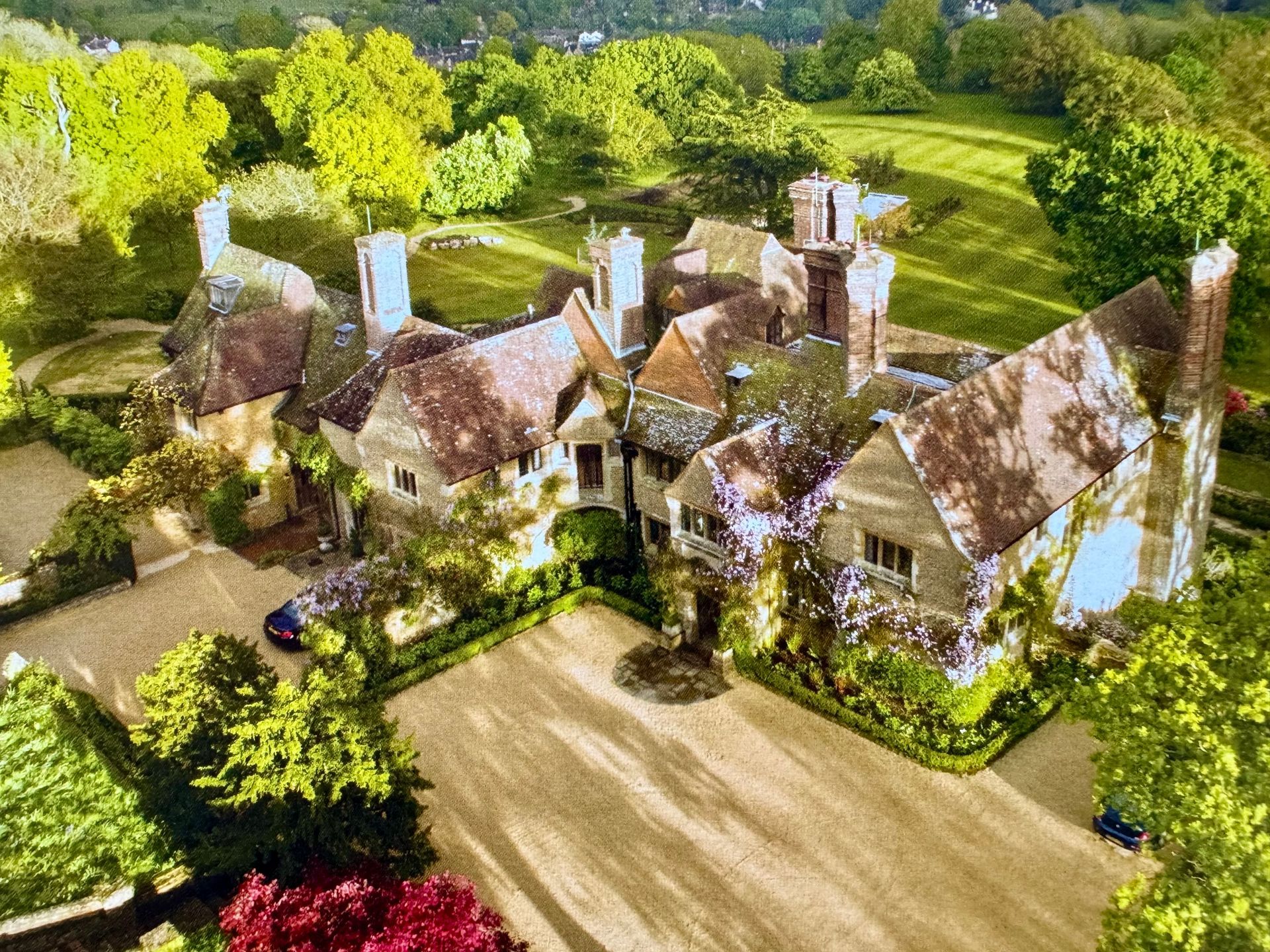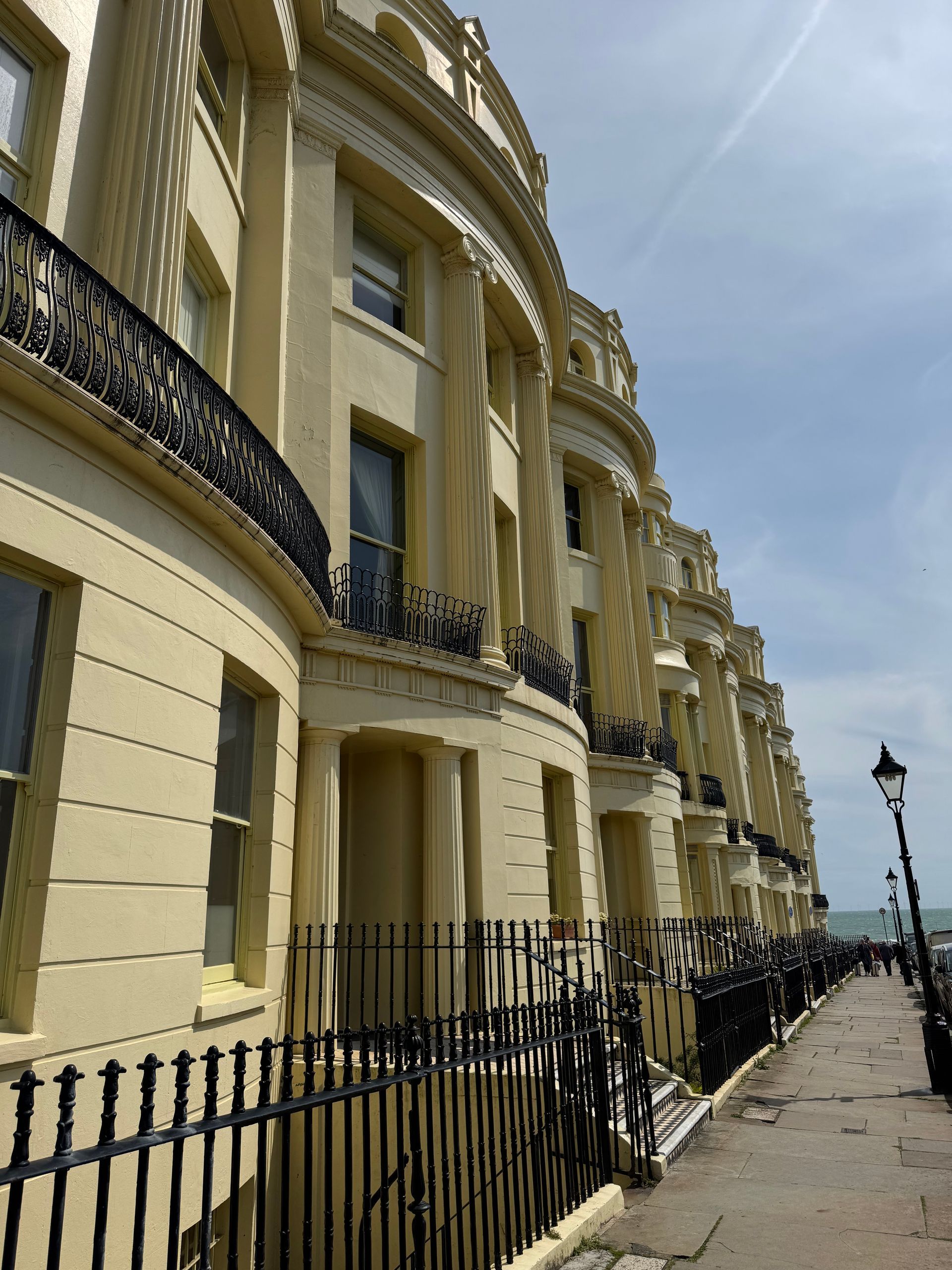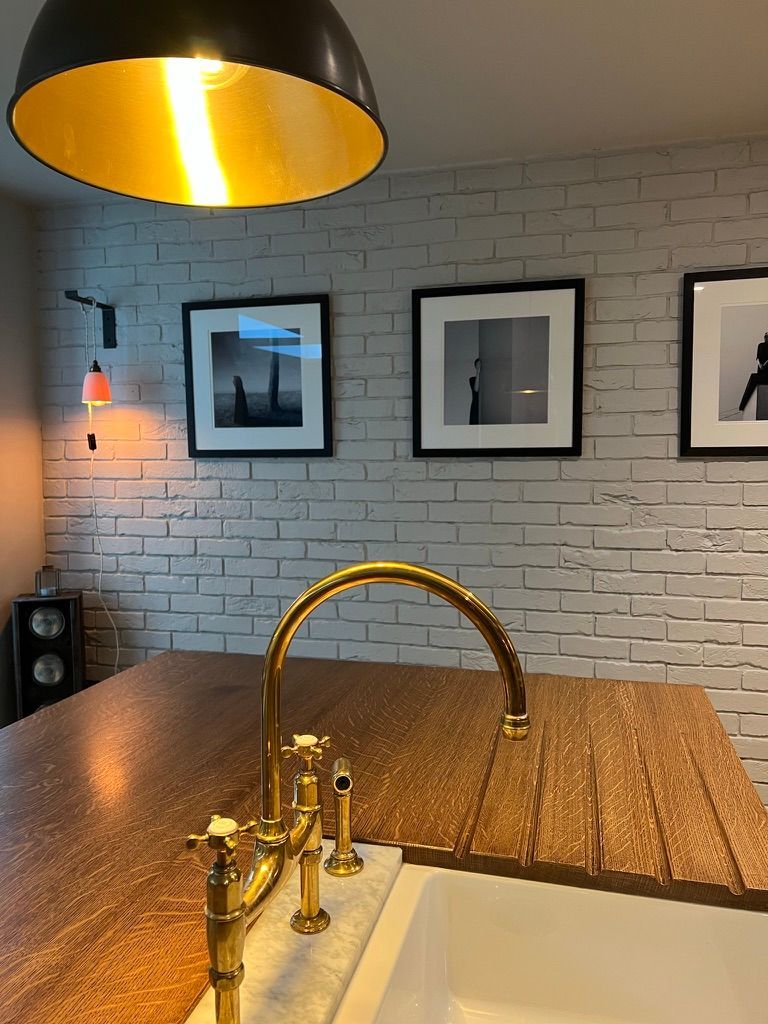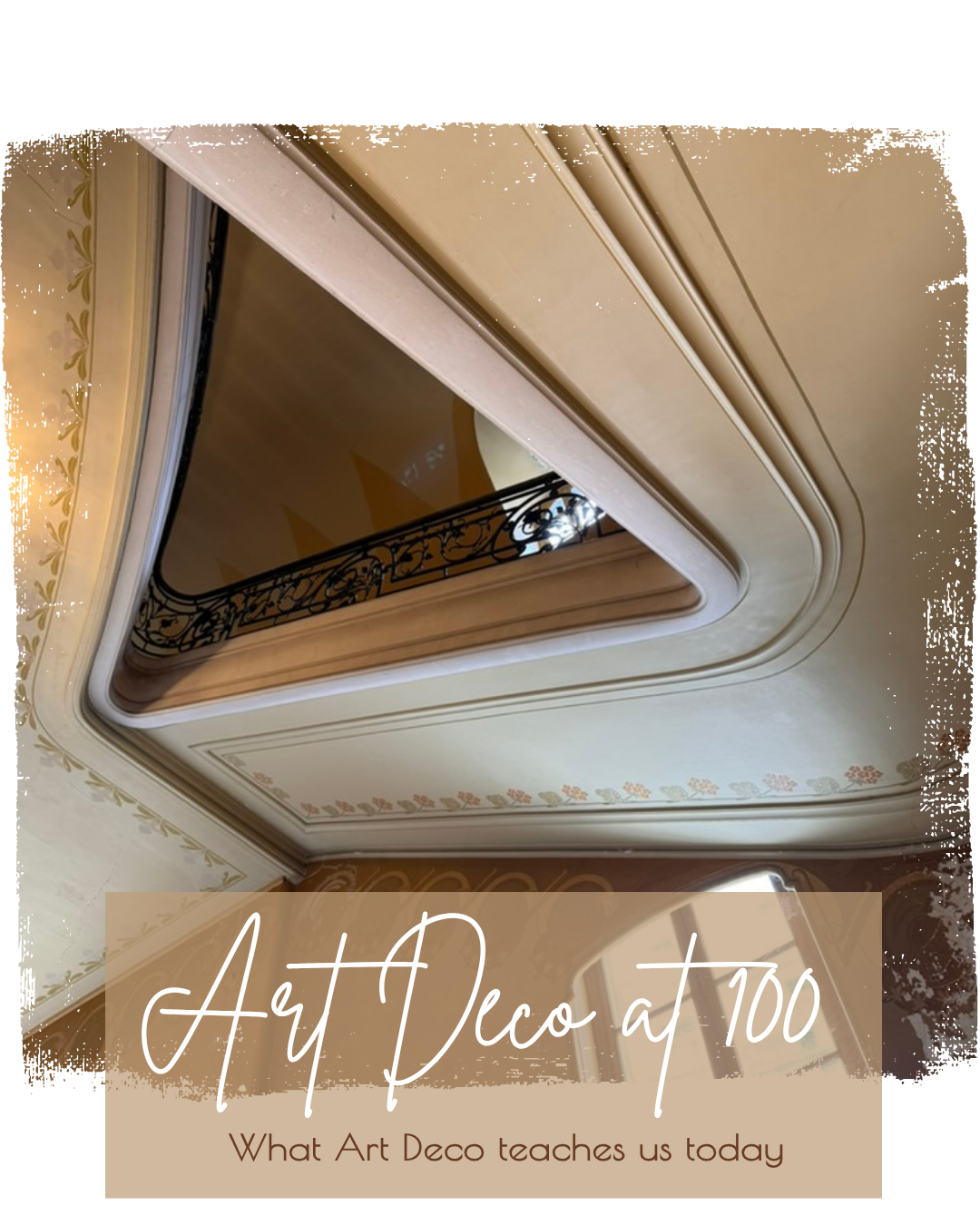As you approach the quarried stone façade of Coleton Fishacre, it’s easy to imagine the sound of jazz, clinking champagne coupes and party hubbub drifting across the Devon cliffs. This house isn’t just a relic of its time: it’s a rare conversation between two design movements that defined a century.
In the mid 1920s, this Arts and Crafts-style home was built for the D’Oyly Carte family, by Lutyen’s apprentice Oswald Milne, upholding the high standards of craftsmanship and simple design characterised by English architecture of the time.
Swing open the front door, and you immediately step across the channel to the Art Deco interiors inspired by French style, which also celebrates its centenary this year.
Yet somehow, the quintessential essence of the interior and exterior design work. There is glamour in the interiors, but it’s pared back and easy on the eye. There is a rural charm to the exterior, but it’s on a bold scale growing out of its robust coastal landscape. The building has a unique character and balance. Behind this seamless blend of styles lies a deeply personal story: one of creativity, loss and reinvention.


